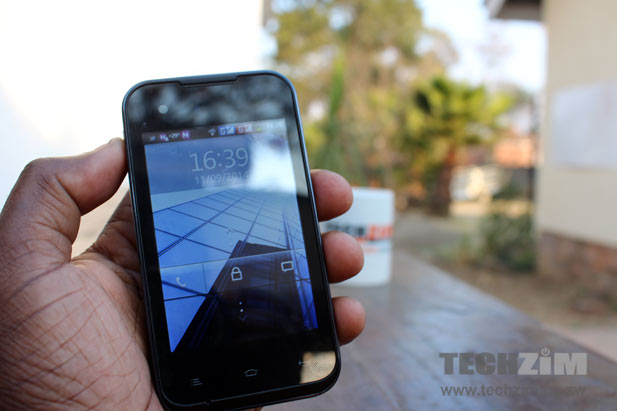 The latest edition of the Ericsson Mobility Report was recently released, providing analysis of the latest mobile data and predictions on mobility and live networks for the global markets.
The latest edition of the Ericsson Mobility Report was recently released, providing analysis of the latest mobile data and predictions on mobility and live networks for the global markets.
A lot of the information shared in the report points largely to global trends but the highlights do give an interesting indication of the uptake of different technologies in mobile telephony.
Here are some of the highlights of the report:
Mobile is growing everywhere
It’s no surprise but mobile is growing and the global annual rate stands at 6%. That translated to 400 million new subscriptions with the global mobile penetration now on 95%. Africa has a mobile penetration of 77% which means Zimbabwe’s 106.4% mobile penetration is an impressive figure from both a regional and global perspective.
The Ericsson Mobility Report forecast for mobile penetration is 9.5 billion users by the year 2020 with 90% of individuals over the age of 6 having a mobile phone. Understandably this is largely in the perspective of more advanced economies but it does show potential growth in areas like m learning.
The age of the smartphone is here
Globally smartphones make up 65-70% of mobile phones sold but Ericsson’s forecasts an eight fold growth in smartphone traffic between now and 2020.
Currently a large percentage of total mobile subscriptions are still for basic phones but the global forecast is that by 2016 the number of smartphone subscriptions will exceed those for basic phones.
This has been attributed to increasingly affordable devices in developing markets, but looking at how low smartphone penetration is in Africa, we still have to look well beyond 2016 for smartphone dominance.
Looking at the Zimbabwean case we have a smartphone penetration of a little over 15% , and whatever growth of this figure we might have anticipated has been affected by factors like new taxes on previously duty-free mobile devices and a tough economic environment.
Hope however lies in low end smartphones that are being targeted at African telecoms subscribers by various device manufacturers.
Content developers of any sort need to make room for video
Video is the fastest and largest growing segment of mobile data traffic with mobile video traffic expected to grow ten times between now and 2020. In fact, by 2020 its forecast that 50% of mobile data traffic will be video.This boom isn’t restricted to developed markets only.
Locally this increased video consumption is being helped by social media, with platforms like Facebook that are now being offered through bundles giving people cheaper access to this content.
We might not have YouTube bundles, but the streaming site is one of the most frequently accessed locally and throughout Africa.
All of this suggests that anyone developing any content for an online audience has to consider the growing appetite for video content.
What sort of conclusions can startups draw from these highlights and the information from the full Ericsson Mobility Report available below?